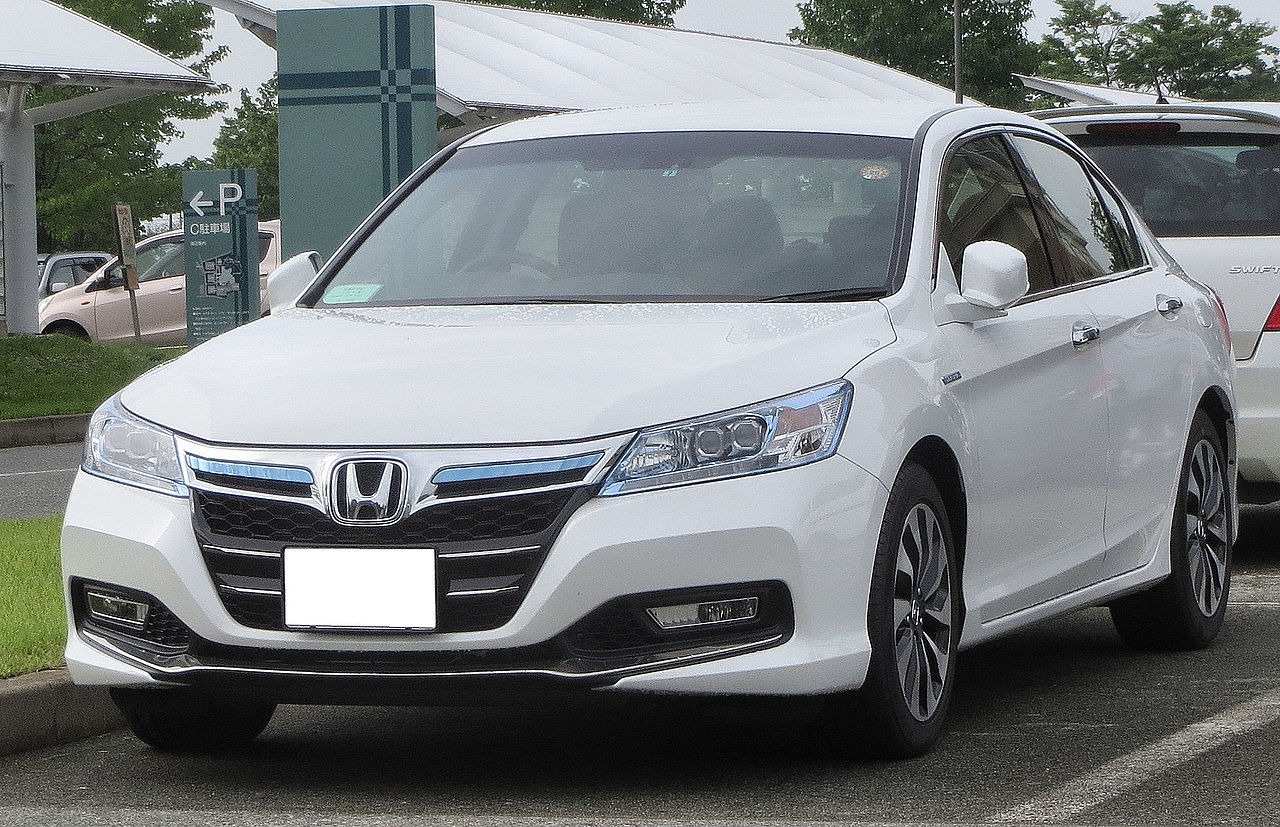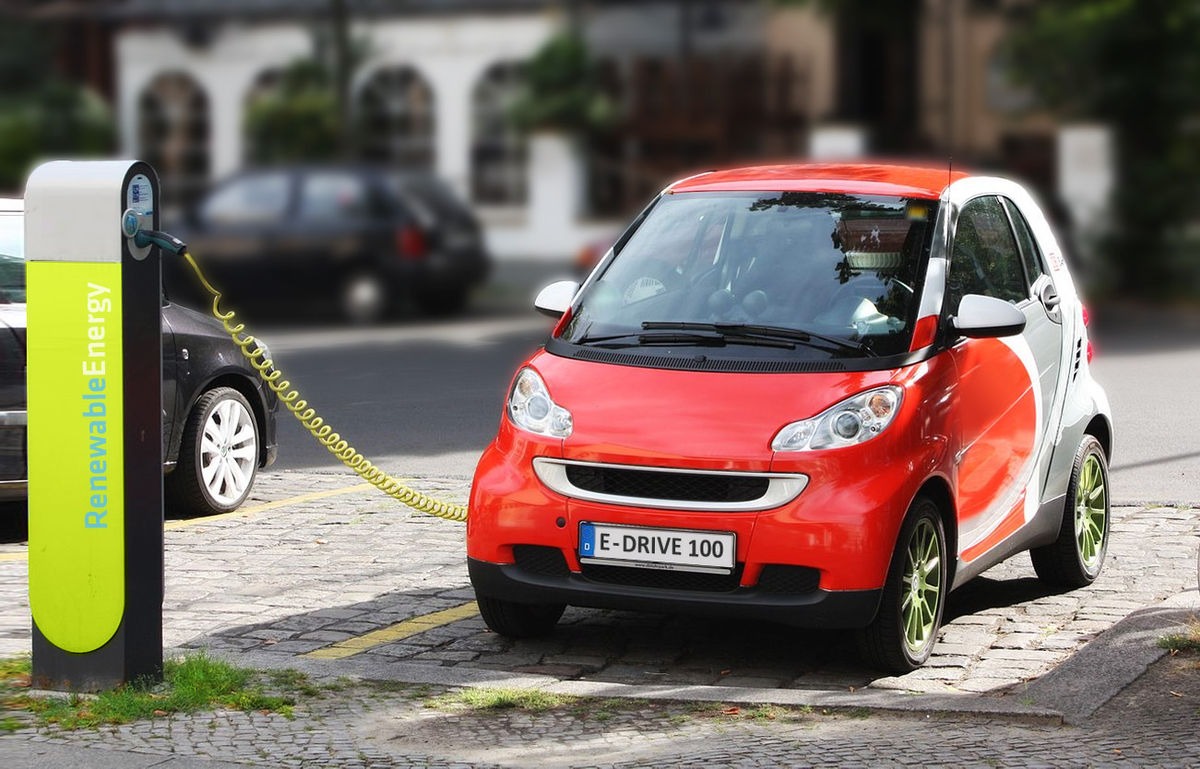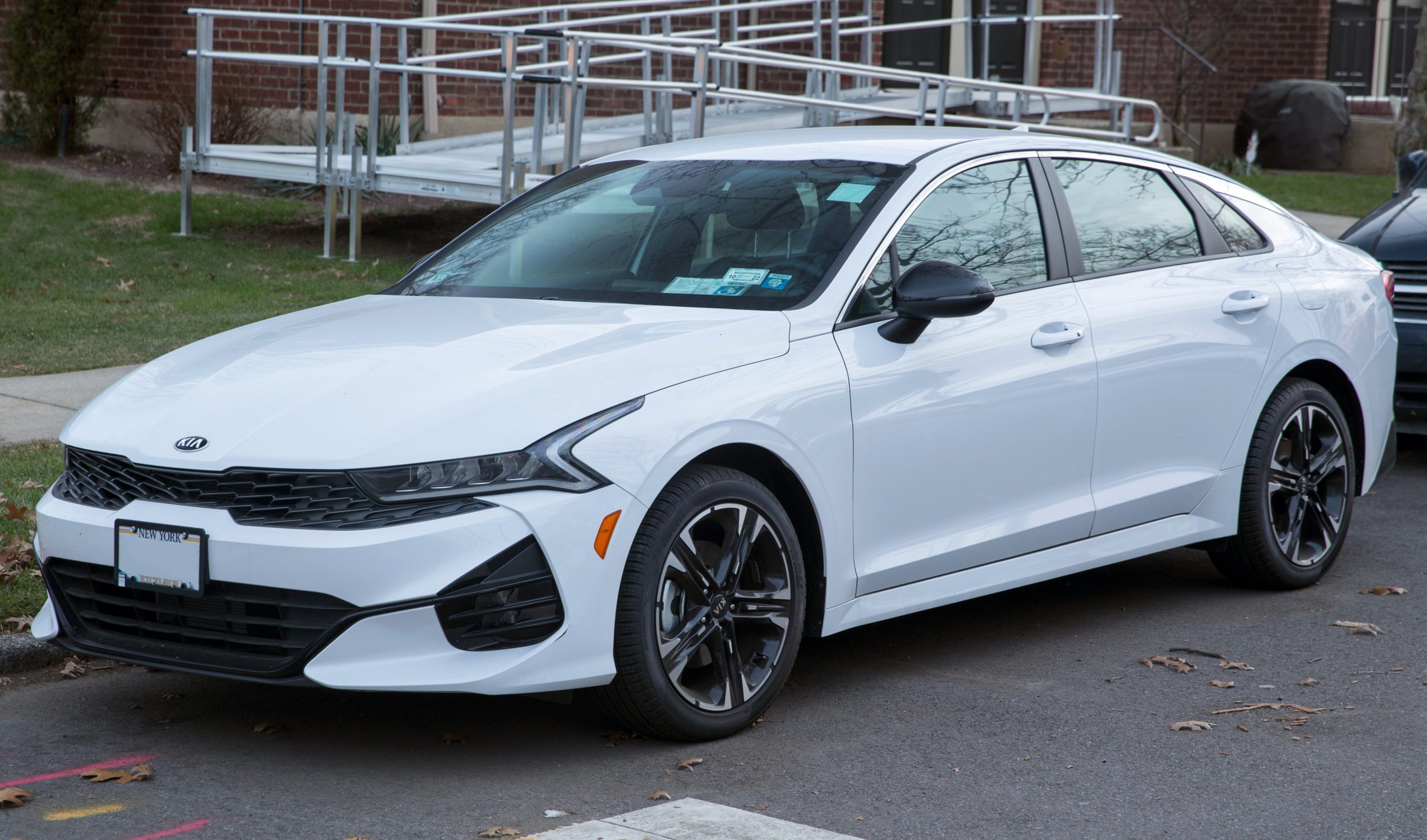Your Tesla may run on clean electricity, but its battery was born from environmental devastation. Each ton of lithium requires up to 500,000 liters of fresh water and generates 8-18 tons of CO₂ emissions—numbers that make your gas-guzzling neighbor’s carbon footprint look surprisingly modest by comparison.
The Toxic Trail Behind Every Battery
The cheerful marketing around “sustainable” EVs conveniently omits the sulfuric acid and sodium hydroxide used to extract lithium from desert salt flats. These chemicals contaminate soil and water for decades, turning once-pristine landscapes into industrial wastelands.
“The environmental fallout from lithium mining is clear and far-reaching,” according to Mining Technology. Yet most EV buyers never see the poisoned lagoons and displaced Indigenous communities paying the real price for their clean conscience. Water shortages plague mining regions like Chile’s Atacama Desert, where entire agricultural communities lose their livelihoods to satisfy global battery demand.
The Coming Battery Waste Crisis
Here’s what nobody mentions at the Tesla showroom: your battery dies in 8-10 years, joining a growing mountain of toxic waste. Most spent batteries end up in landfills, leaching heavy metals into groundwater for generations. The recycling infrastructure everyone promises? Still mostly theoretical.
Stanford research shows proper recycling cuts emissions by half and uses a quarter of the water compared to mining new materials. But we’re nowhere near the scale needed to handle the tsunami of dead batteries heading our way as EV adoption accelerates globally.
The Lesser Evil Dilemma
This isn’t anti-EV propaganda—lithium extraction still produces 70% fewer emissions than oil drilling when using advanced techniques. Your electric car’s lifetime footprint beats gasoline vehicles, especially with renewable energy powering the grid.
But that calculation assumes recycling systems that don’t exist yet and extraction methods that most companies haven’t adopted. The math works on paper; reality tells a messier story of corporate greenwashing and supply chain opacity.
The lithium boom feels uncomfortably familiar to previous resource rushes—except this time, we’re calling it environmental salvation. Without massive investment in recycling infrastructure and truly sustainable extraction methods, your next “green” car purchase might just be trading one environmental crisis for another.





























